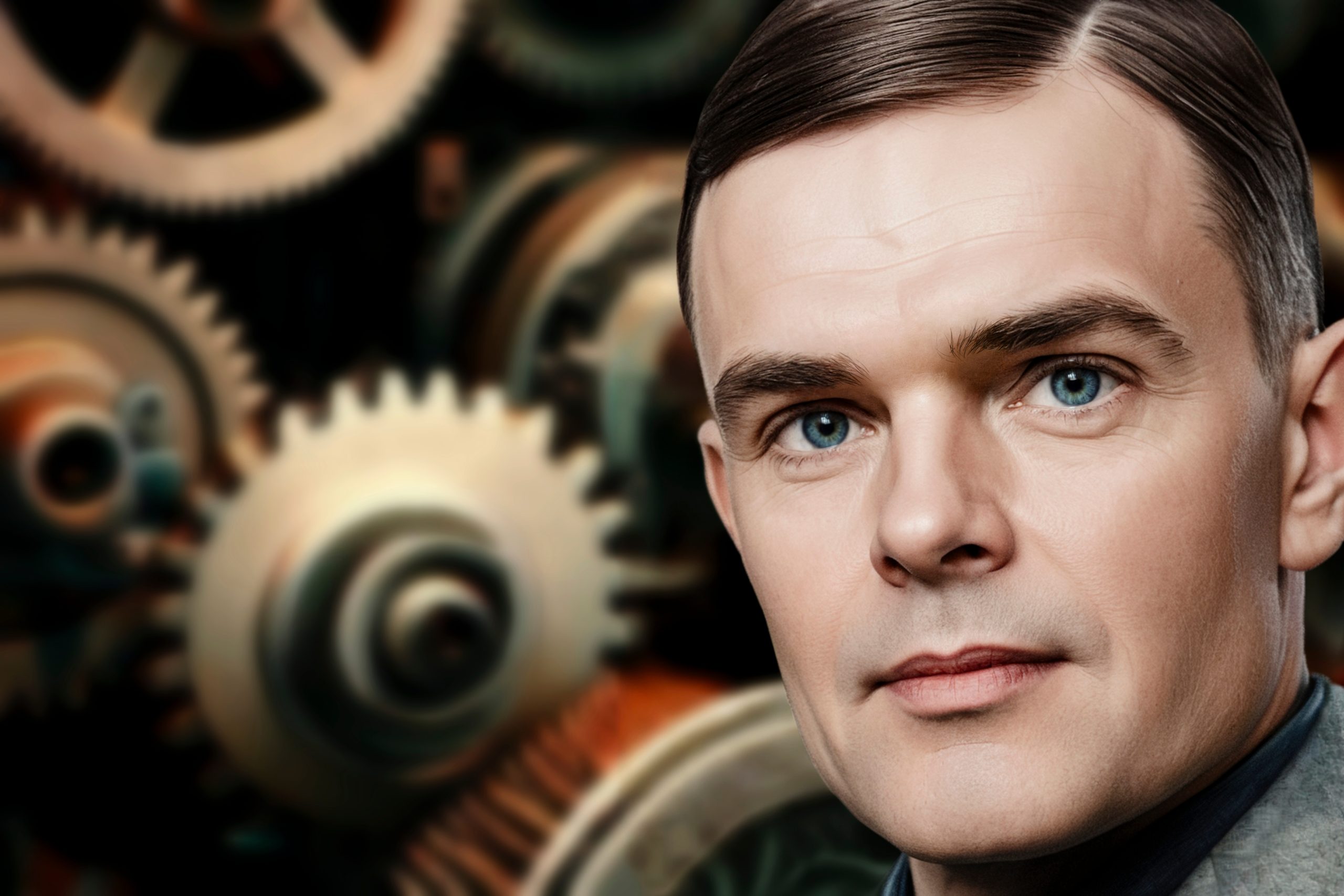
The Turing Test, devised by British mathematician and computer scientist Alan Turing in 1950, is a conceptual criterion for assessing a machine’s intelligence. The idea is simple but profound: if a machine is able to mimic human intelligence convincingly. So convincingly that a human cannot distinguish whether it is communicating with a machine or another human. If that’s the case the machine passes the Turing Test.
Since its introduction, the Turing Test has played a central role in the field of artificial intelligence and philosophy of mind. It challenges us to think about the nature of intelligence. Consciousness and the ability of artificial intelligence to match or even surpass human capabilities.
Origins of the Turing Test
The Turing Test was proposed by Alan Turing in his article “Computing Machinery and Intelligence“, published in 1950. Turing proposed the test as a way of addressing the question “Can machines think?”. A question he considered vague and unanswerable. Instead of debating the abstract definition of “thinking”, Turing suggested approaching the question practically by looking at the behaviour of machines.
Turing’s idea was revolutionary because it shifted the focus from abstract philosophical speculation to empirically testable criteria. He suggested a practical way to assess whether a machine could exhibit intelligent behaviour. Namely through natural language communication. If a machine was able to have a conversation that was indistinguishable from human conversation. This could serve as evidence of the machine’s ability to act intelligently.
Laws and regulations
In the context of artificial intelligence (AI) and machine learning, the emergence of the Turing Test has led to discussions on the need for laws and regulations. The test itself has no direct legal implications. Governments and organisations worldwide have taken steps to establish ethical and legal guidelines for the development and implementation of AI systems.
An important aspect of these laws and regulations is to promote transparency and accountability in AI development. This includes requiring clear disclosure of the use of AI systems. Ensuring fair and non-discriminatory practices, and establishing accountability for the consequences of AI applications.
Consequences of the Turing Test
The Turing Test has significant implications for various aspects of society and technological development. One of the most important implications is the continuous advancement of artificial intelligence and machine learning. The quest to pass the Turing Test has led to pioneering developments in natural language processing, chatbots, and virtual assistants.
In addition, the Turing Test drew attention to the ethical and social implications of AI. This includes concerns about privacy, employment, and the potential impact of AI on human autonomy and decision-making. It also raises questions about the responsibility of AI developers and the need for regulation to manage and mitigate the risks of AI.
A future with the Turing Test
Looking to the future, the Turing Test will continue to play a central role in the development of artificial intelligence. The pursuit of AI systems that can pass the test will continue to lead to innovation and advances in machine learning and cognitive technologies.
For you, the reader, this means that you can expect AI to play an increasing role in your daily life, from automated customer service to personalised recommendations based on machine learning algorithms. At the same time, it is important to continue to critically evaluate the ethical and societal implications of these technologies and to strive for a balance between innovation and human values.


